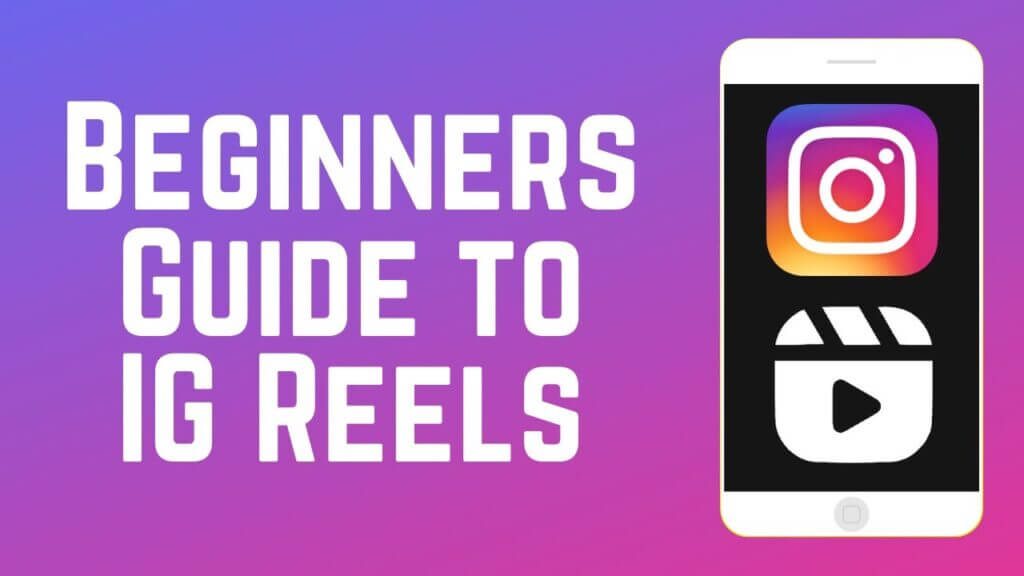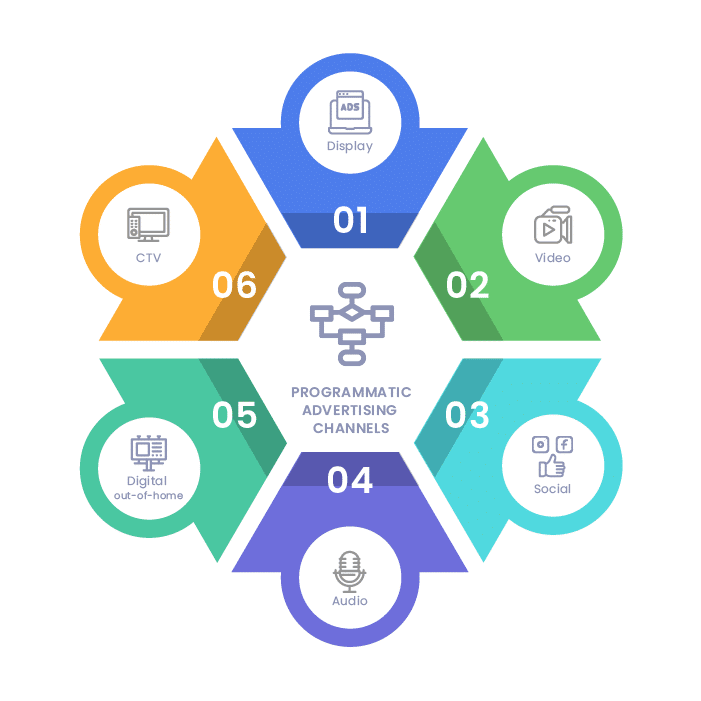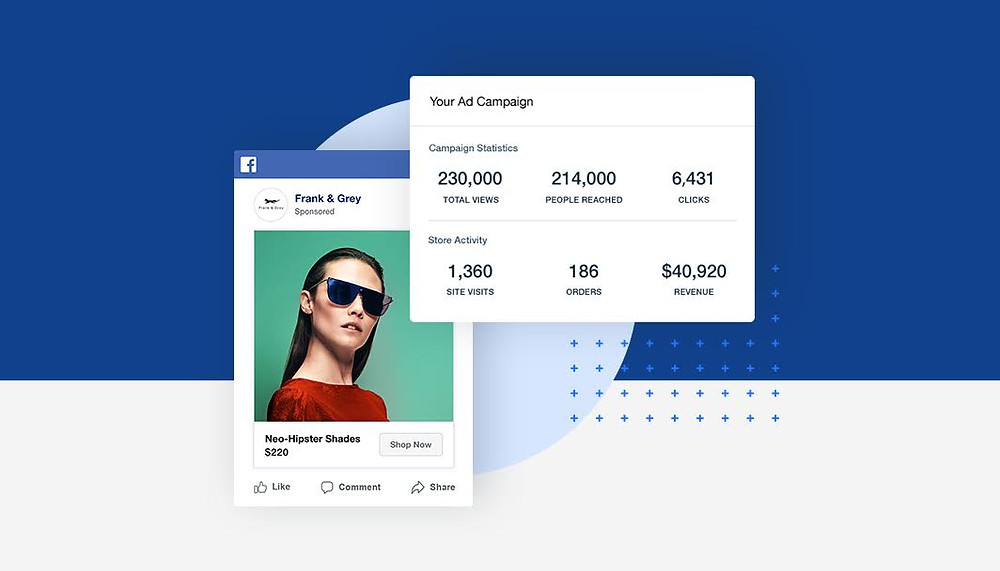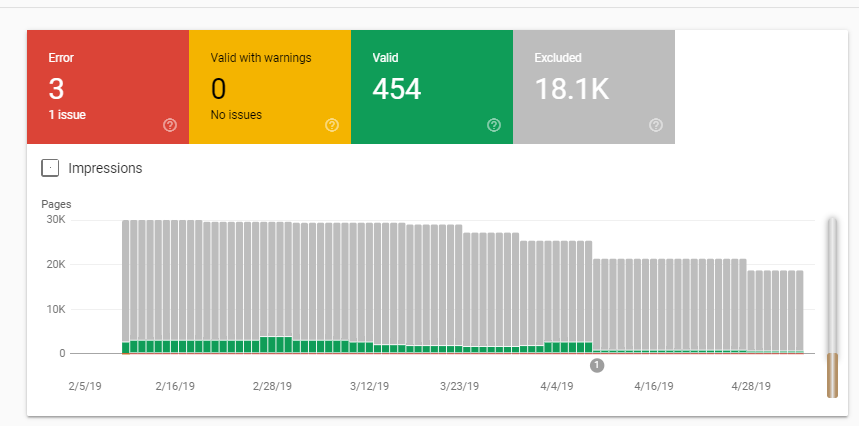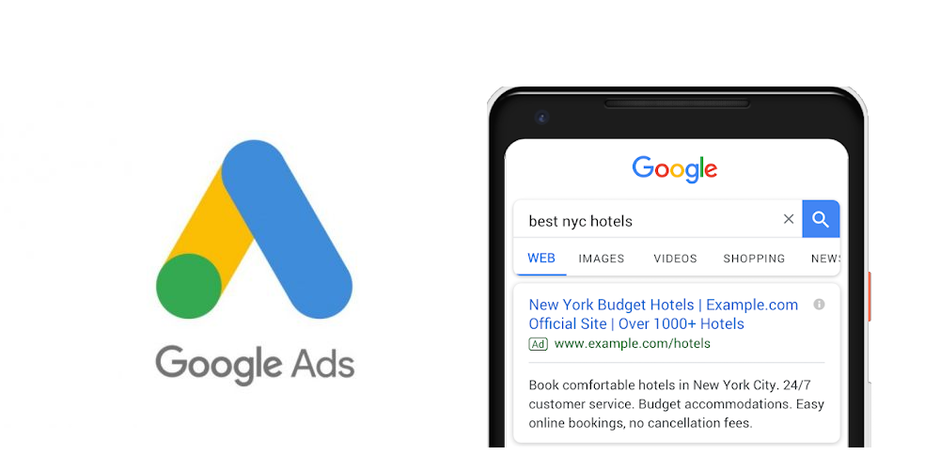Once upon a time, keywords were the only searchable indicator of whether a particular topic was trending. But technology has advanced quickly in recent years. And now, searching for a specific subject matter is easier than ever.
We can thank Latent Semantic Indexing (LSI) for the sudden ease in content analysis. This technique uses mathematical algorithms to determine whether a body of work contains not only keywords but any related phrase or term.
The process is meant to determine the underlying meaning of a word and find content associated with that meaning- no keywords are required.
Excessive keyword use is falling out of fashion completely, with Google catching on to the “keyword stuffing” tactics many sites employ. So now here we are, with LSI-based strategy as the current leader in SEO practices.
We don’t need to go into how exactly LSI works. But we will expand on how and why to integrate it into your web regime.
If you’re involved in the world of SEO, you may have heard the term “things, not strings.” This refers to a shift in focus from the words we use to describe things (keywords) to the things themselves (content). With range comes semantics, and with semantics comes a greater likelihood of showing up on search engines that utilize LSI. (Pro tip: most do.)
But before you start running with the idea of keyword-free content, you must develop a game plan. You can’t just throw anything up on the web with the hope that semantic searches will pick it up. Your material still needs to be clear enough for search engines to identify it- your intention should be clear, above all else.
Programs like RankBrain (used by Google) are smart enough to pair the intent of the searcher with the intent of the websites they peruse. But to make a perfect match, it must be evident what the searcher wants and what the site is offering.
So how does one go about this?
They say content is king, but we say context is king. Could someone read between the lines and still pick up on the gist of what your article is about? Have you used lots of synonyms?
(If not, pull out your thesaurus.) Is your heading descriptive? Is it relevant?
Don’t only question the relevancy of your article but also your site as a whole because LSI assesses this as well. When filtering material, LSI programs will compare websites, not just individual posts. Therefore, it pays to develop content that is linear in focus. It needn’t all be the same, of course, but the subject matter should more or less belong under the same umbrella.
An LSI keyword generator can be a great tool if you’re stuck on semantics. I know- we just finished discussing how keywords don’t deserve priority. But LSI generators are different. They provide exciting and SEO-friendly phrases instead of words that help you say the same things in new ways.
(Mind you, “keyphrase” does not have quite the same ring as “keyword”… Despite possible confusion, we can understand why one would maintain the latter.)
When crafting new digital content, whether a website, a blog post, or something else entirely, it’s worthwhile to cater to the LSI framework. Things may change, but for now, semantic SEO is the default we should all abide by.
To keep your web rankings high, consider LSI any time you post. And learn more about SEO Adelaide and how we can help your business thrive by giving us a call today! 1300 853 996








